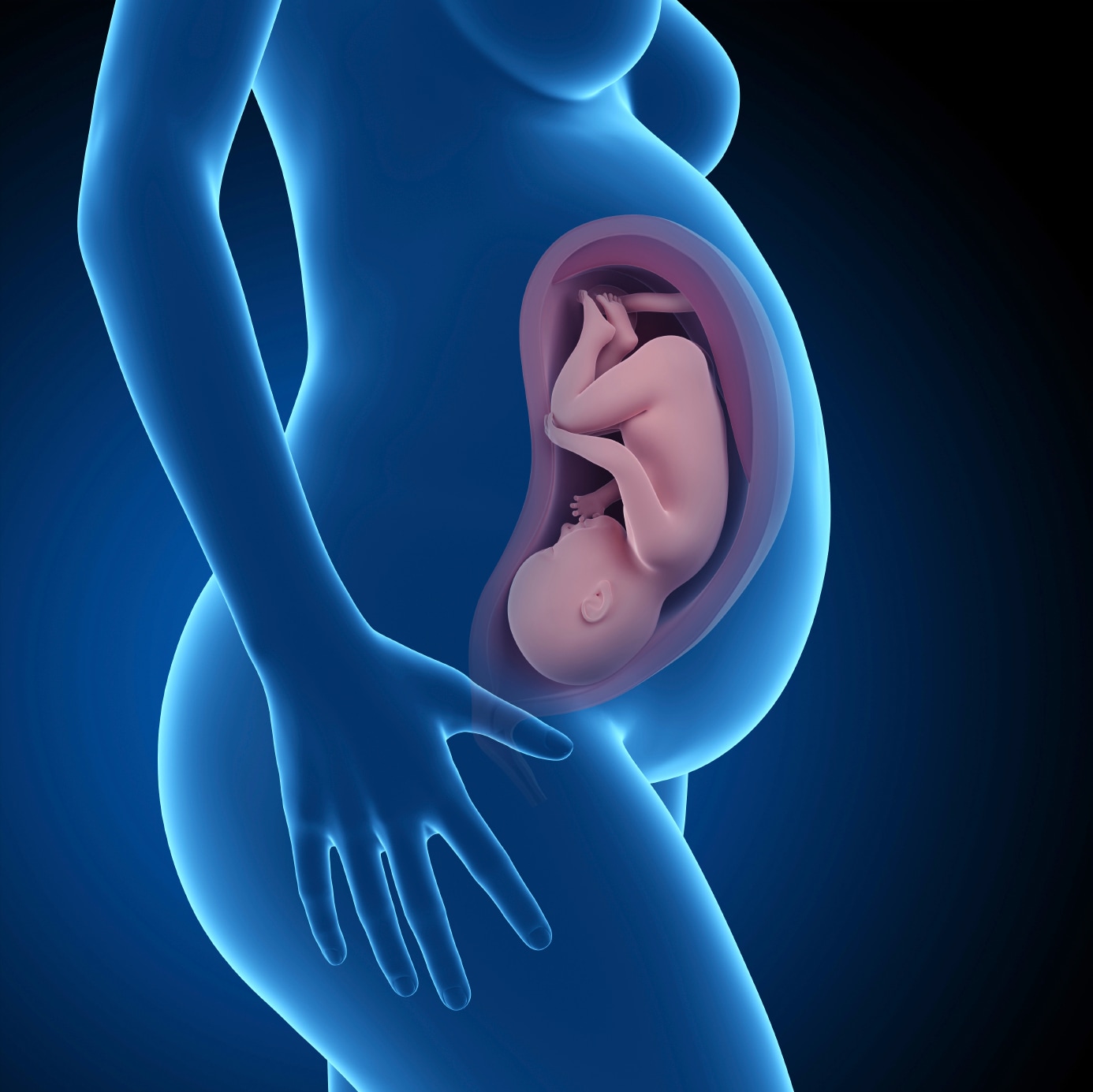Takeaway
- Delivery by caesarean section (CS), irrespective of elective or non-elective, was not associated with an increased risk for overweight or obesity among men in young adulthood.
Why this matters
- Findings suggest that the mode of delivery may not be an important factor in the origins of overweight and obesity.
- CS may not play a role in the obesity epidemic and should not be considered target for intervention to reduce the obesity burden.
Study design
- A population cohort of 97,291 males, who were born by vaginal delivery (n=89,024), elective CS (n=4147) or non-elective CS (n=4120).
- Primary outcome: obesity according to World Health Organization’s standards: underweight (body mass index [BMI], <18.5 kg/m2), normal weight (BMI, 18.5-24.9 kg/m2), overweight (BMI, 25-29.9 kg/m2) and obese (BMI, ≥30 kg/m2).
- Funding: Stockholm County Council.
Key results
- Of 97,291 male participants, 4794 (4.9%) were obese.
- The prevalence of obesity was significantly higher among those born by non-elective CS (5.6% [95% CI, 4.9-6.3%]) than those born by vaginal delivery (4.9% [95% CI, 4.7-5.0%]; P=.032), but not in those born by elective CS (5.5% [95% CI, 4.8-6.2%]; P=.057).
- After adjustment for confounder, non-elective (relative risk ratio [RRR], 0.96; 95% CI, 0.83-1.10; P=.532) and elective CS (RRR, 1.02; 95%CI, 0.88-1.18; P=.826) were not associated with an increased risk for young adulthood obesity compared with vaginal delivery.
- No significant association was observed between any form of CS and overweight compared with vaginal delivery.
Limitations
- Risk of unmeasured confounding.
References
References



